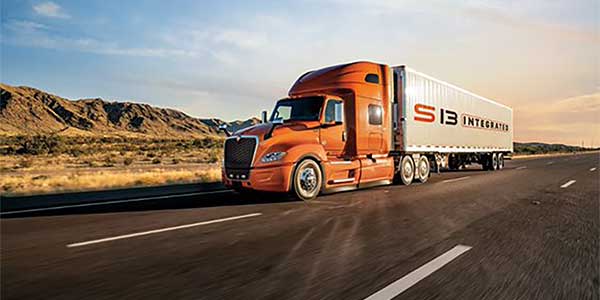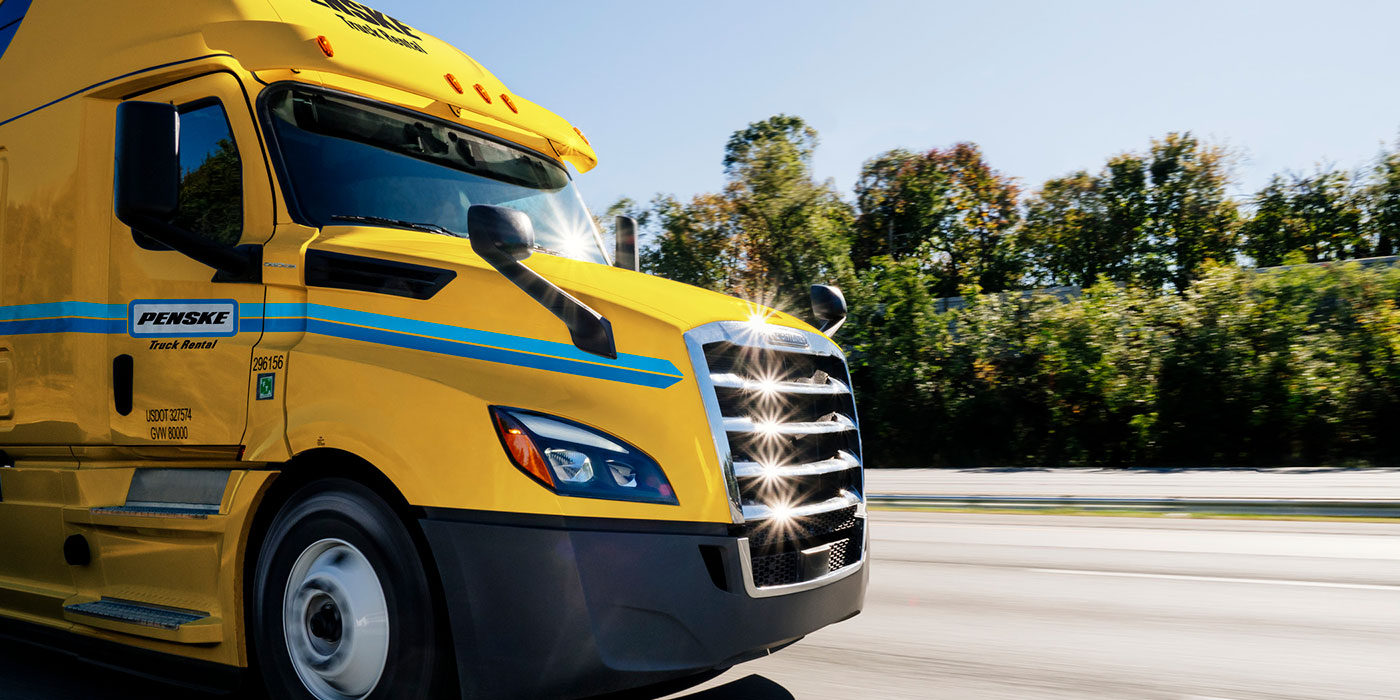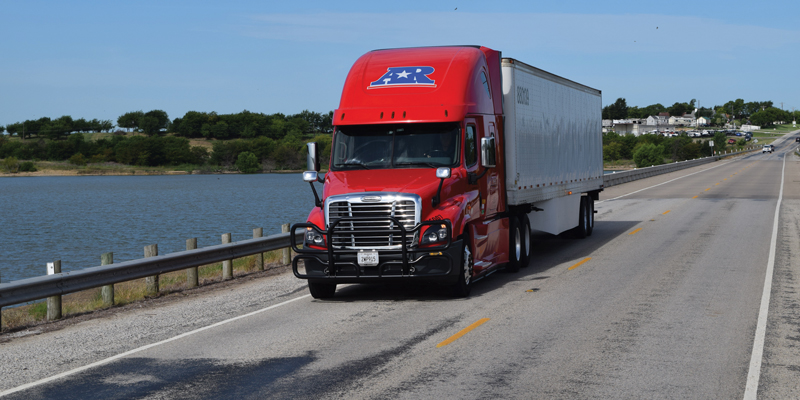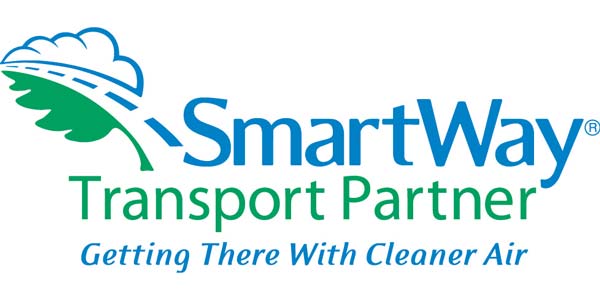On this page last month we talked about the fuel saving advantages offered to fleets by spec’ing highway trucks that qualify for SmartWay certification. In that column, I wrote, “Each qualified truck can produce savings from 2,000 to 4,000 gallons of diesel per year. With fuel at $3.50 per gallon, this could move up to $14,000 to the operator’s bottom line.” This month I’d like to apologize for using such a low price for diesel, and let you know that you are likely to see more activity on the part of truck builders on such fuel saving vehicles.
EPA currently offers a “SmartWay designation” for over-the-road tractor-trailer combinations. This is a design-based label developed on the basis of test results for individual components (tires, wheels, aerodynamic equipment, auxiliary power units, engines) that have been demonstrated to improve fuel efficiency and reduce emissions. There is, however, work being done to formalize certification criteria. A performance-based specification would be technology-neutral and able to quantify a broad range of heavy vehicle configurations and applications. The desire is to have the capability of measuring the value of new technical innovations as they emerge.
Component testing alone is not sufficient, since the fuel-saving impacts can vary widely based upon vehicle configuration and application. EPA engineers believe that a move to a performance-based specification will require the use of a test procedure specifically designed to measure vehicle fuel efficiency. However, they also believe that a standardized, objective, stand-alone fuel efficiency test for heavy-duty on-highway vehicles is not currently available. This presents a significant challenge to SmartWay and its partners. Without such a test, it is difficult to develop a common understanding of how to assess and compare the fuel efficiency of heavy-duty vehicles, including vehicles with hybrid powertrains, varying aerodynamic configurations and other advanced vehicle designs. The EPA recognizes that there is a wide variety of truck configurations for each base model and that it may not be possible to test every configuration to see if it meets the SmartWay performance specification. As a result, EPA is looking at methods to extend fuel efficiency testing to cover additional truck configurations. Tools such as the consistent use of vehicle modeling, tire rolling resistance testing and aerodynamic evaluations could potentially broaden a fuel efficiency testing program.
Recently, the EPA held a two-day workshop to discuss the draft of its SmartWay Truck Emissions Test Protocol. The purpose of the workshop was to further develop such a heavy-duty exhaust emissions and fuel efficiency test procedure that quantifies the benefits of heavy-duty vehicle designs and technologies, including hybrid vehicles. Before the meeting, Cheryl Bynum, an Ann Arbor, Mich.-based EPA engineer said, “I’d be very surprised if we come out of the workshop with firm results or answers. My expectation is that we will emerge with a better understanding of how what we’re doing lines up with things people have already done, more insight into what folks think about what we would like to achieve and an idea of who might be willing to collaborate with the EPA to better develop the test protocol.” The draft protocol is available for viewing or download at: www.epa.gov/smartway/documents/420p07003.pdf.
While the workshop is now history, work on the test protocol continues. If you’re interested in participating in the industry effort contact Joseph Bachman, [email protected], USEPA Headquarters, Ariel Rios Bldg., 1200 Pennsylvania Ave., N.W. Mail Code: 6406J, Washington, D.C. 20460 or Cheryl Bynum, [email protected], USEPA – NVFEL, 2000 Traverwood, Ann Arbor, MI 48105.













